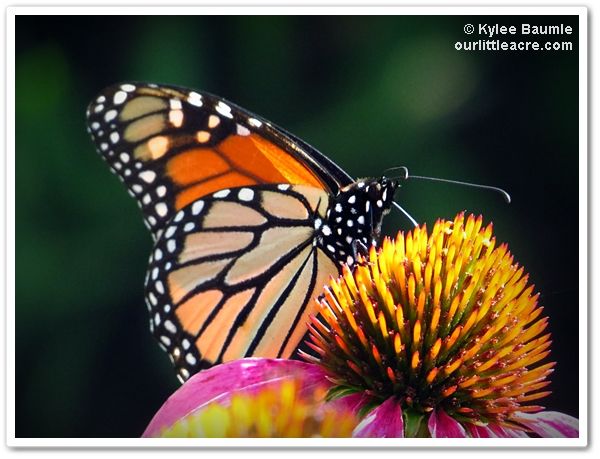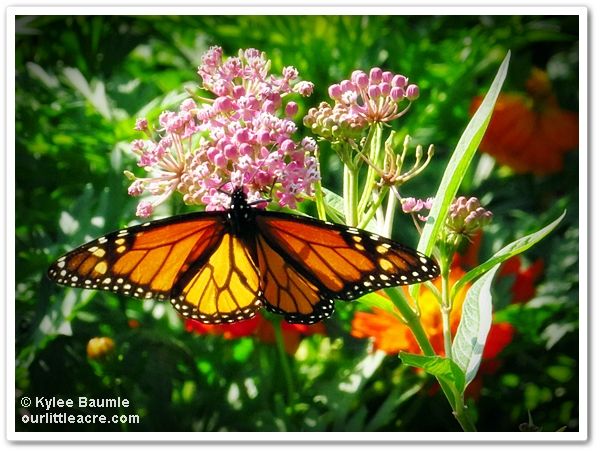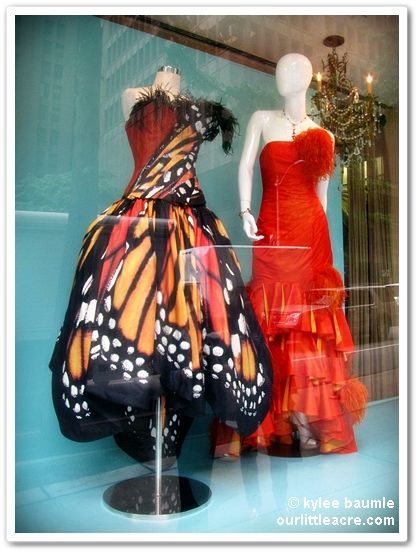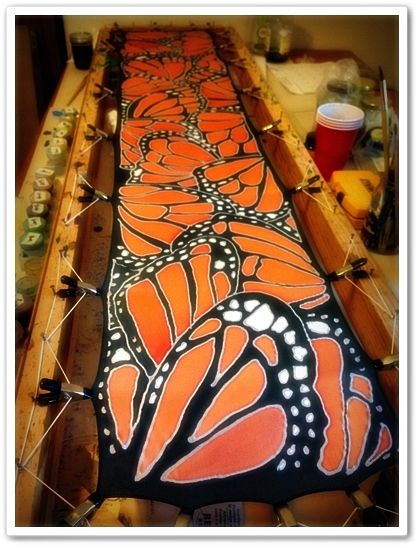Back in the late summer of 2011, I attended the Garden Writers Association Annual Symposium, held in Indianapolis that year. As with all GWA symposiums, plants and design are front and center for most of the tours and this was no exception.
| The original 1970 Robert Indiana "LOVE" sculpture stands in front of the Indianapolis Museum of Art. |
One of my favorite places was the Indianapolis Museum of Art. We had our breakfast there and then toured the gardens on the grounds. There wasn't nearly enough time for me to properly see everything that was there and I vowed to make a return trip soon. Regretfully, I've not yet done that.
| The variety of plants and design at the White River Gardens was inspirational. |
Same thing with the White River Gardens at the Indianapolis Zoo, which was an optional tour the day after the symposium officially ended. The grounds there were nothing short of amazing and as I've said before, some of the most attractive and interestingly designed gardens I'd ever seen for a space such as theirs. I also saw paw paw fruits on a tree for the first time and a staff member gave one to me to take home for tasting.
Whenever you get gardeners together like that, you know there will be plants going home with you. I don't remember each plant that Mom and I packed into the van as we headed home, but I do remember one, because it would require special care and I still have it.
| Tradescantia sillamontana - August, 2011 |
While at the White River Gardens, we ate lunch and had plants for dessert. No, that's not quite right, but as we left the room where we ate, we each picked up a small Tradescantia sillamontana, commonly known as hairy spiderwort.
If you're familiar with spiderworts at all, you know that some of them are hardy to Zone 5 and some are not. I've got a couple hardy ones in my own garden...
| Golden Spiderwort Tradescantia x andersoniana 'Sweet Kate' |
| Dwarf Virginia Spiderwort Tradescantia x andersoniana 'Bilberry Ice' |
The one we received that day was not hardy, and some people passed on it because of that. Never one to pass on a plant with a coolness factor, I picked up my little hairy spiderwort and carried it home.
Tradescantia sillamontana is only hardy to Zone 10 (think southern Florida or Mexico, where it originates) so it's definitely a houseplant for me. In the time that I've gotten it, it has gotten quite a bit larger, partly because I've trimmed the ends and rooted them back in the pot, which is super easy to do.
Almost a succulent and xerophytic, hairy spiderwort needs the same growing conditions as plants that truly are both of these things. Well-draining soil, minimal watering (especially in winter), and a brightly lit location will keep it happy. I can't say that I haven't abused this plant, because I have. I very nearly had to dispose of it a couple of winters ago, because it got overwatered, but I cut back on the watering and it bounced right back.
| Hairy spiderwort (Tradescantia sillamontana) |
This summer, for the first time since I got it, I put it outside. It was in a location that got very little direct sun (only a couple of hours in the morning) and it was rather protected from the west so there was little wind and only when we got heavy driving rains (or rains from the east) did it get much water. Because of the brighter light, its foliage color changed to a bit of a burgundy color which is quite attractive.
| I love the "stacked" habit of the leaves and the burgundy color that it takes on in the presence of brighter summer light. |
Though our summer was cooler than normal, the plant thrived. It's been just beautiful all summer. Now that frost is coming soon, it's back in the conservatory for the winter. It will slow down its blooming and stop for most of the winter, but next spring it will start up again and be its beautiful hairy pinky-lavender self.
| Though the foliage doesn't resemble my hardy spiderworts, its flower is a dead giveaway to its genus, Tradescantia. |
































 "Bejeweled"
"Bejeweled"


